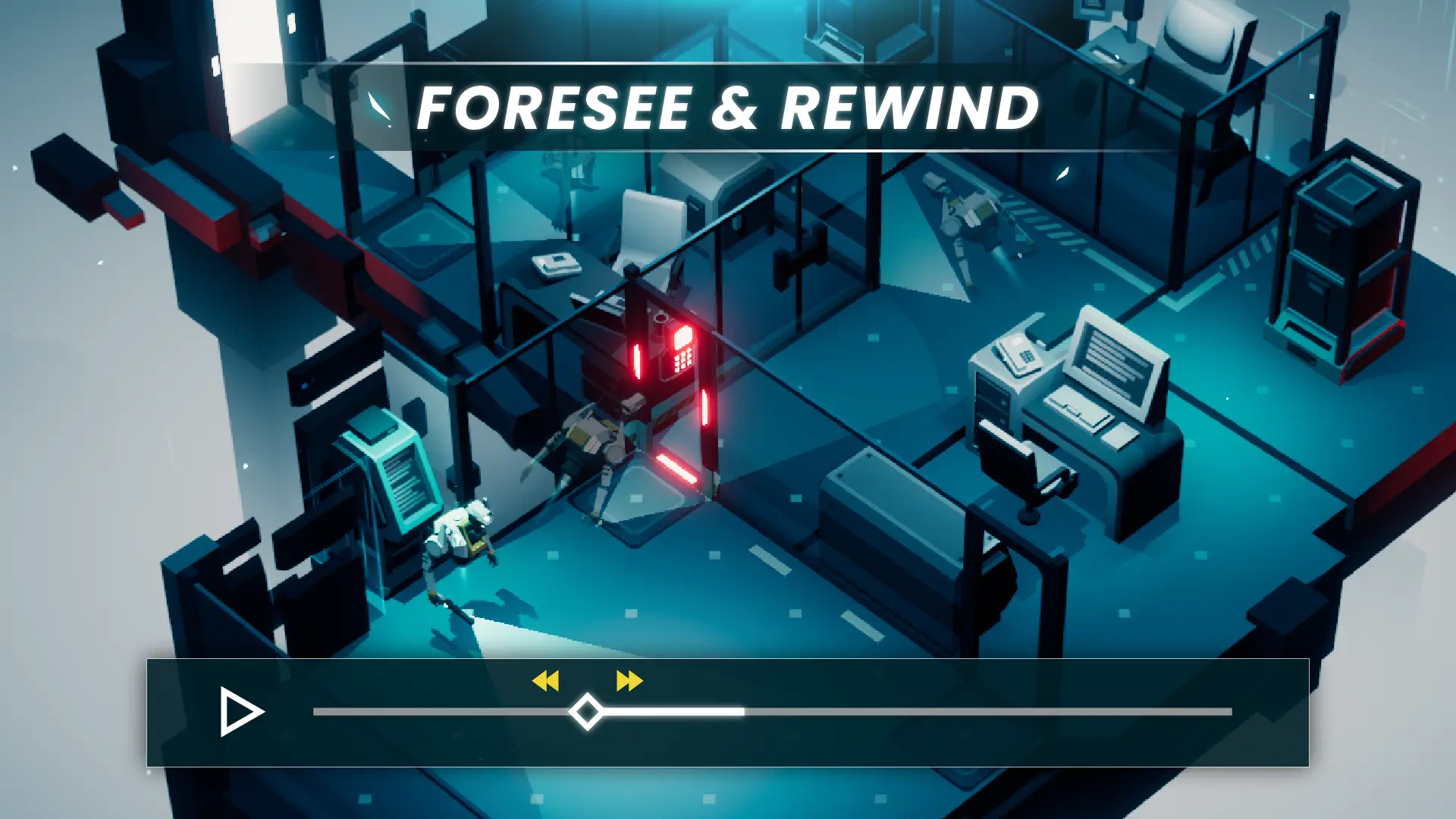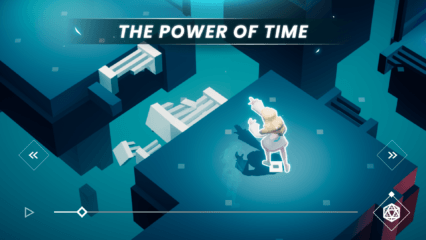Top 10 Tips and Tricks to Master Timelie
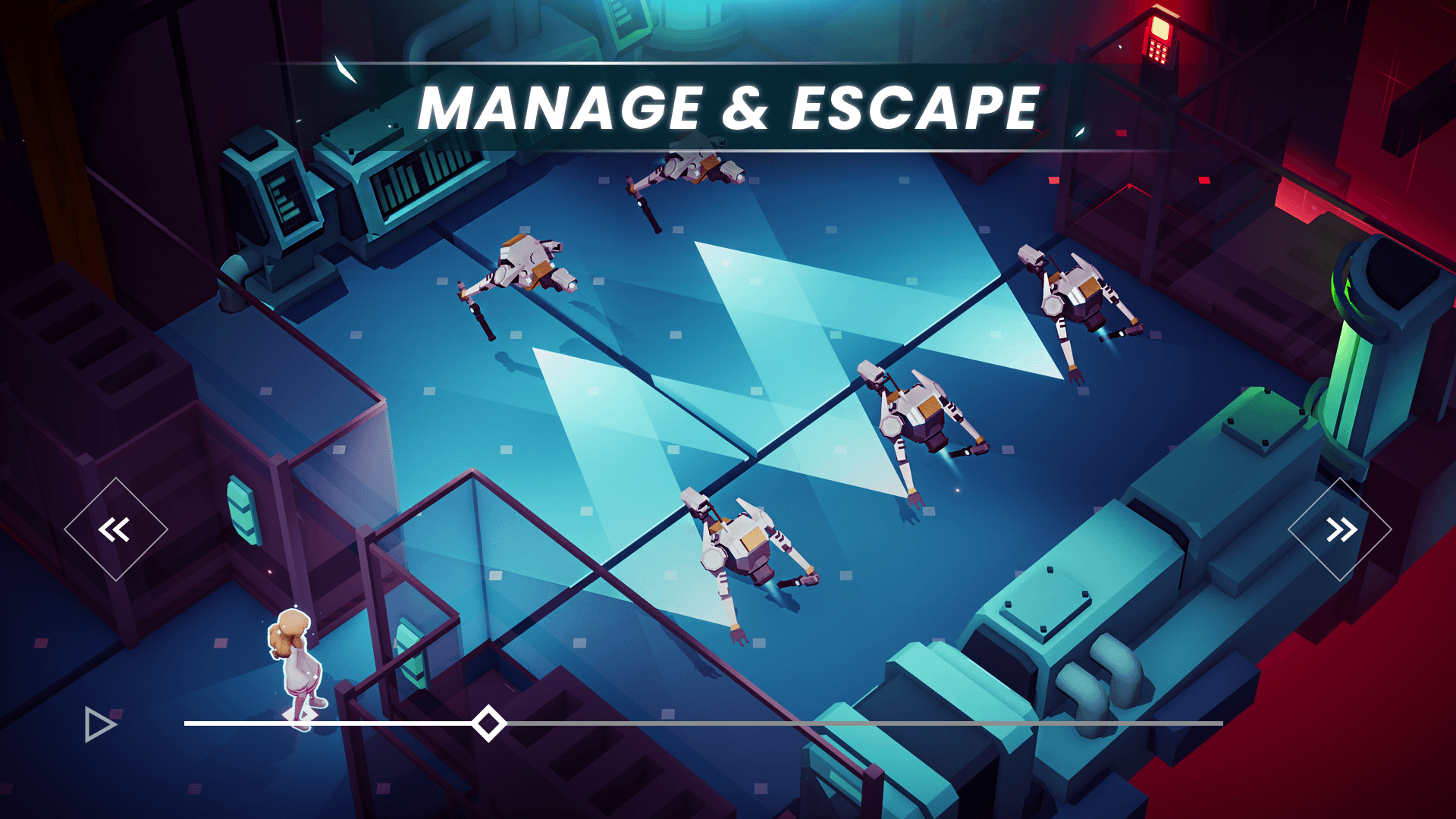
Timelie by Snapbreak Games is a minimalist yet profoundly strategic stealth-puzzle adventure where time itself becomes a resource. The game places you in control of a mysterious girl who can see the future and a cat companion who assists her in escaping a surreal, mechanical world. What makes Timelie distinct is how it merges puzzle-solving and stealth with a unique time-rewind mechanic—allowing players to view, edit, and optimize their every move.
This guide presents ten comprehensive tips and tricks designed to help you master every layer of Timelie—from precise time manipulation to dual-character coordination and strategic foresight.
1. Master the Timeline – Your Ultimate Tool
At the heart of Timelie lies the Timeline, a mechanic that lets you control time as if scrubbing through a video. It’s not just a rewind function—it’s a complete control system that allows prediction, experimentation, and perfection of movement.
When you drag the Timeline backward, you can undo mistakes, reattempt risky moves, or reposition safely. Pushing it forward allows you to preview how events will unfold before they happen. The secret to mastering the Timeline is rhythm: move, observe, adjust, and then execute. Treat each puzzle like a choreography of events—every pause, rewind, and play contributes to a seamless flow of action.
A common mistake beginners make is relying on reactive rewinds. Instead, adopt a proactive approach—use the Timeline to test alternate possibilities before committing. In later stages, foresight becomes crucial as you synchronize two characters’ movements simultaneously.
2. Think in Pairs – Coordinating the Girl and the Cat
Timelie’s innovation lies in its dual-character gameplay. The girl and the cat have different strengths—the girl interacts with control panels, while the cat distracts enemies and reaches confined areas. The challenge is that both operate under the same Timeline, meaning their actions must be synchronized perfectly.
Before moving either character, visualize the puzzle as a sequence of interdependent tasks. The girl might need to open a door at the exact moment the cat slips past an enemy’s vision cone. Set up overlapping actions within the Timeline to achieve that precision.
Sometimes, the best move is to let one character remain still while you test the other’s timing. You can always rewind both if synchronization fails. Remember: Timelie is less about reflex and more about planning choreography across time.
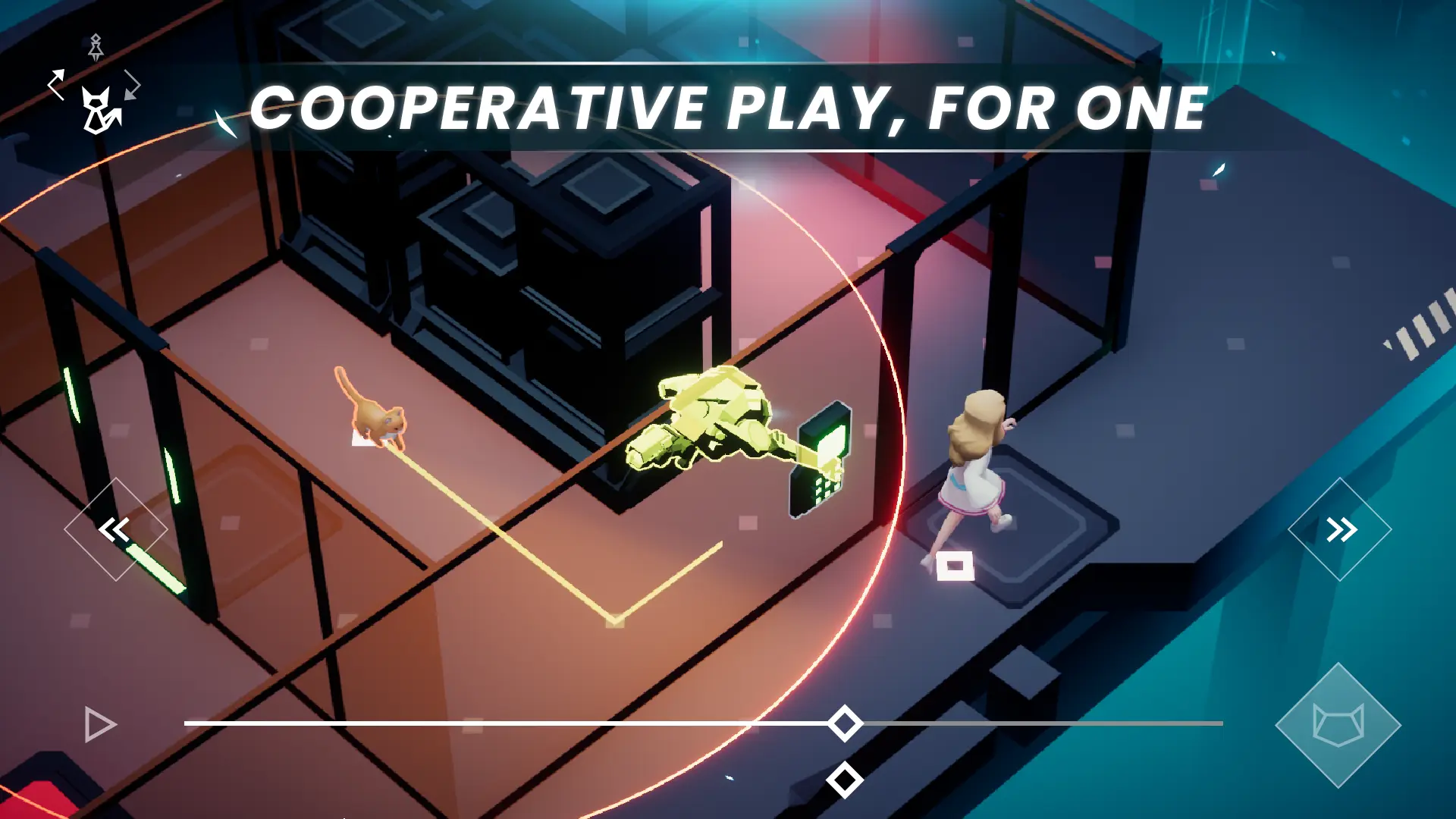
3. Observe Before You Move – Reading Enemy Patterns
Every enemy robot follows a predictable patrol route, but their speed, rotation, and line of sight vary. Patience is your greatest weapon here. Spend the first few seconds of each stage simply watching enemy movement before making your first step.
Look for safe gaps and identify repeating cycles—these cycles are your openings. Since robots often rotate in 90-degree intervals, move the cat or girl when their vision cones are turned away.
Key factors to analyze include:
- The duration between patrol rotations.
- Blind zones near walls and doorways.
- Overlaps in patrol routes that can trap both characters if mistimed.
By predicting patrol rhythm, you transform stealth into strategy rather than luck.
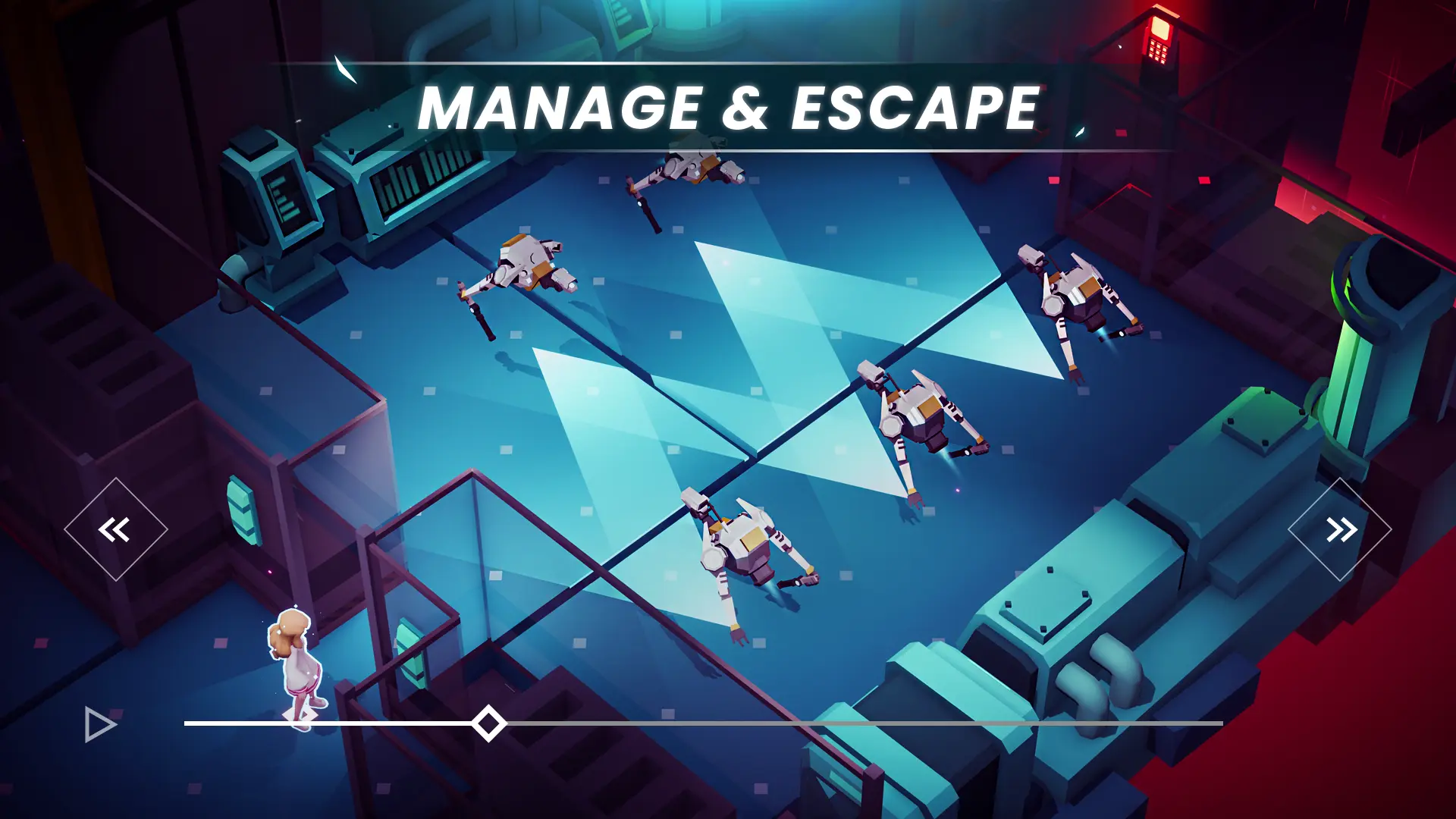
4. Use the Cat as a Distraction Strategically
The cat may appear secondary, but it’s the unsung hero of your escape plans. It can lure robots away, press pressure pads, and pass through areas inaccessible to the girl. Its meow command can be used to temporarily divert enemy attention, buying precious seconds.
However, timing is critical. Always ensure the girl is already mid-movement or positioned advantageously before using the cat’s distraction. Once an enemy begins investigating, their route temporarily changes, and you must anticipate how that shift alters the Timeline for both characters.
In advanced puzzles, the cat may also need to bait an enemy toward specific zones so that their new position triggers environmental mechanisms indirectly. The skill lies in using the cat not only as bait—but as an active puzzle component.
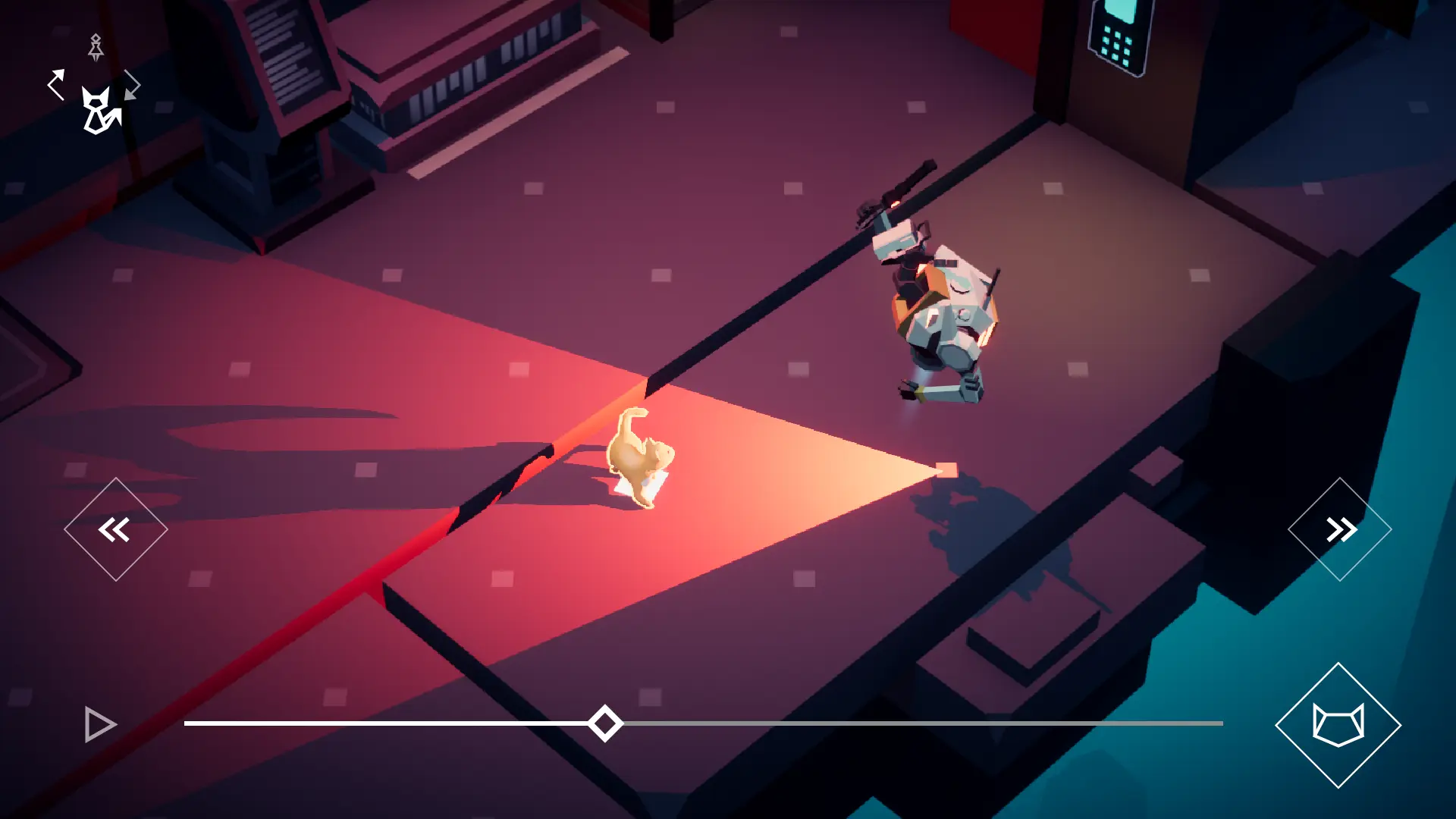
5. Study the Environment Thoroughly
Each stage in Timelie is carefully designed, and nothing in the environment is random. Colored keypads, light patterns, and floor markings often hint at puzzle order or timing requirements. Take the time to scan the full map before you begin.
Try to locate:
- The end goal or exit pad.
- All interactive panels (often color-coded).
- The shortest safe routes with minimal enemy exposure.
By understanding environmental clues early, you reduce trial-and-error and make your Timeline management more efficient. Many players fail not because of poor stealth, but because they misunderstand the environment’s logic.
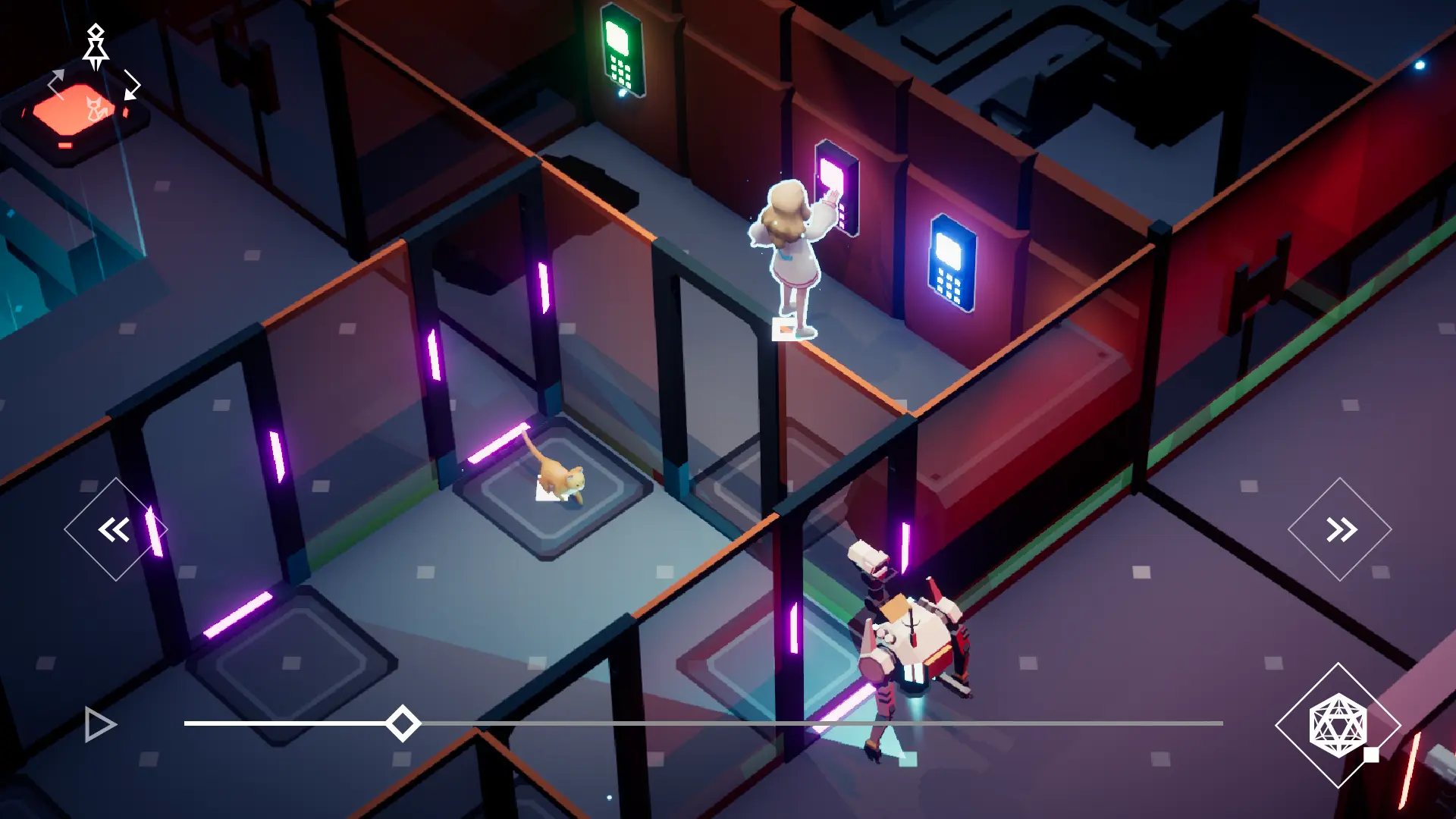
6. Don’t Overcommit – Use Micro-Movements
One of the most subtle but powerful techniques in Timelie is micro-movement. Instead of dragging a long route across the level, move the character in small, deliberate increments. Each short step lets you pause and observe environmental reactions in real time.
This prevents accidental detection and allows you to adapt to unexpected changes without excessive rewinding. Because every move can be planned and tested, small steps provide more control and confidence, especially in areas with multiple patrols.
The Timeline rewards players who think like chess players—anticipating outcomes several moves ahead while advancing cautiously.
7. Manage Pressure Pads and Timing Triggers Carefully
Several puzzles rely on simultaneous activation—pressure pads, switches, and doors that open for brief moments. The trick is mastering exact timing. When the girl triggers a switch, use the Timeline to set the cat’s position so that it’s ready to sprint the moment the door opens.
If you fail, rewind just enough to correct alignment instead of restarting the entire sequence. The Timeline’s structure allows you to edit fine details without losing progress. Eventually, you’ll internalize a rhythm where both characters act like synchronized dancers—each movement perfectly complementing the other.
8. Listen for Audio and Visual Feedback
Timelie communicates much of its logic through environmental cues rather than dialogue. Subtle sound effects—door chimes, servo hums, or button clicks—signal puzzle changes. Likewise, the color of light panels indicates active or inactive status.
Playing with headphones enhances situational awareness significantly. Visual cues like glowing tiles or flashing lines often correspond to upcoming triggers, so pay attention to transitions after pressing a button or rewinding time. The game rewards attentiveness and observation far more than speed.
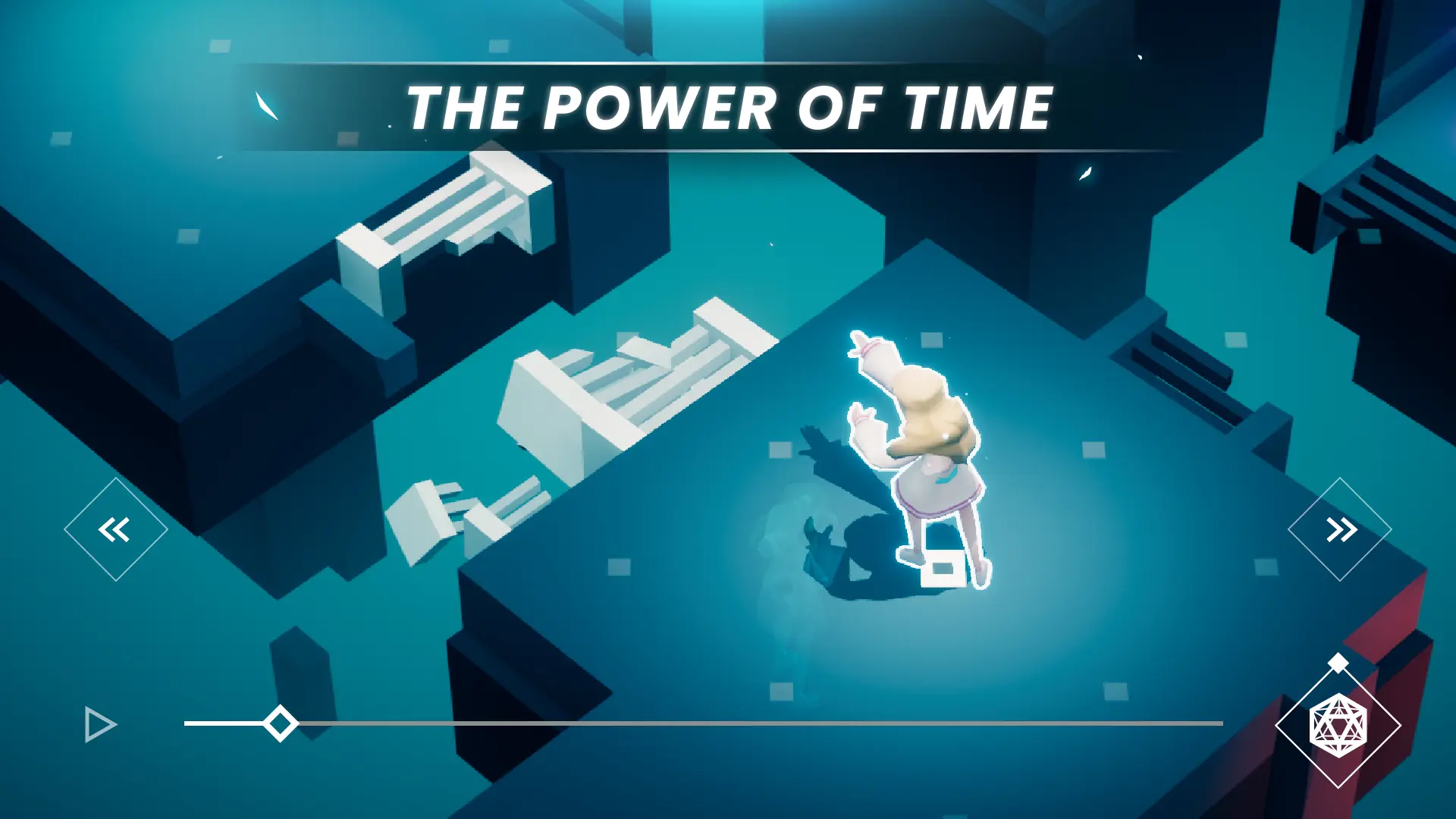
9. Treat Failure as Information
Failure is not punishment in Timelie—it’s data. Each mistake provides insight into enemy timing, door latency, or synchronization delays. Instead of rushing to fix errors, take a moment after each failed attempt to analyze what went wrong.
By rewinding and adjusting only the necessary actions, you slowly refine your understanding of each level’s logic. This reflective playstyle transforms frustration into mastery. Remember, perfection is built on hundreds of near-successes—all recorded and rewound within the Timeline.
10. Revisit Early Levels for Efficiency
After completing new acts, return to early levels to test your improved sense of timing. You’ll notice new shortcuts and synchronization patterns that weren’t apparent before. Replay not only strengthens your understanding but also enhances your ability to predict outcomes instinctively.
Timelie’s design rewards mastery through repetition—what seemed complex at first will later feel intuitive as you internalize its temporal logic. By revisiting earlier puzzles, you’ll learn to optimize every second of playtime, embodying the very essence of the game’s theme: efficiency through foresight.
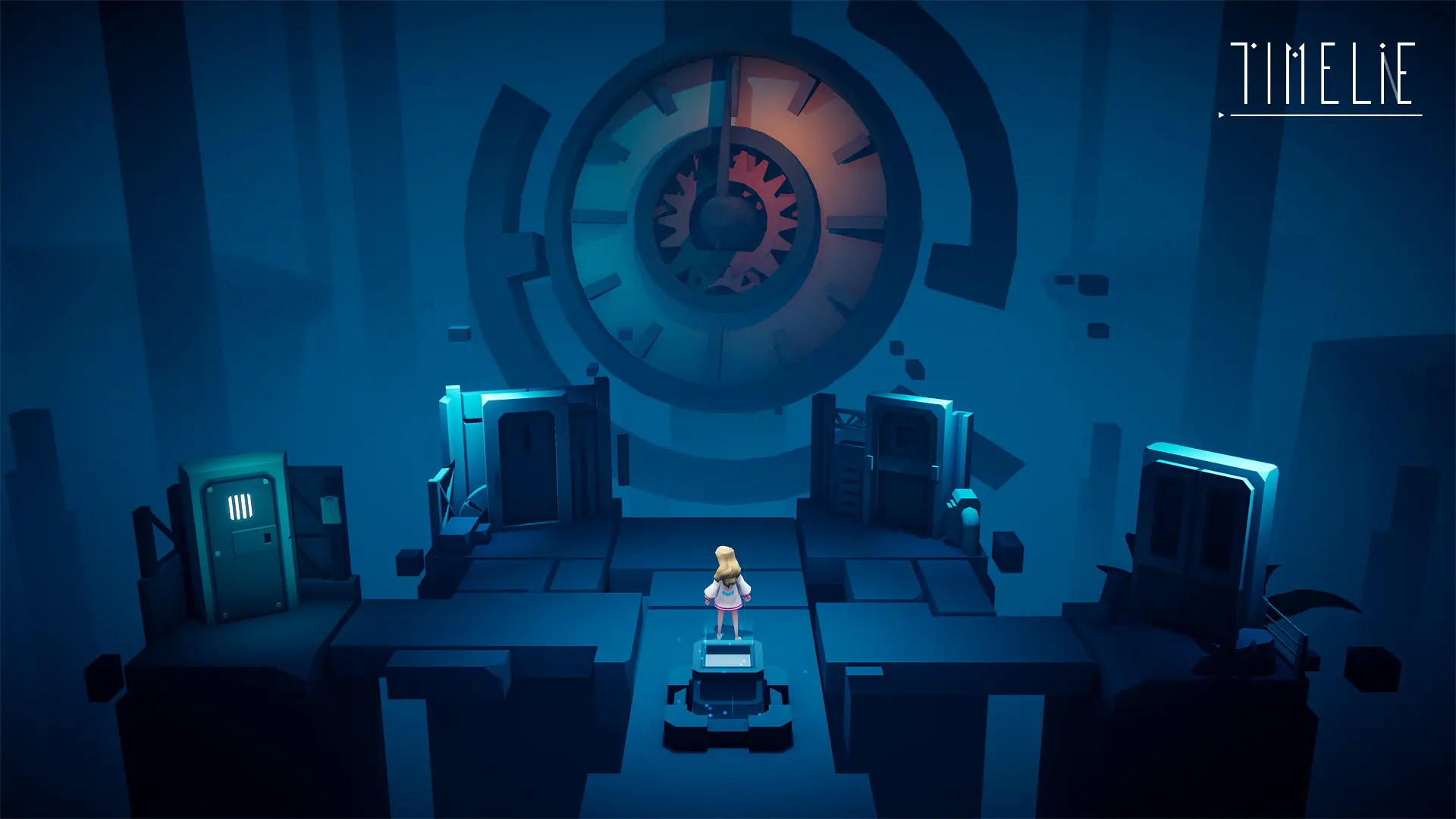
Timelie stands out as a game of intellect rather than reflex. It transforms time into both a mechanic and a metaphor—teaching patience, precision, and adaptability. By understanding how to control the Timeline, coordinate the girl and the cat, and interpret environmental signals, you’ll uncover the deeper satisfaction of crafting perfect runs where every move feels intentional.
It’s a rare puzzle adventure that demands thoughtfulness over speed, rewarding strategic experimentation and visual awareness. Master these techniques, and you’ll not only escape each level—you’ll orchestrate it like a symphony of time and stealth.
For the smoothest experience and best control precision, play Timelie on BlueStacks.


